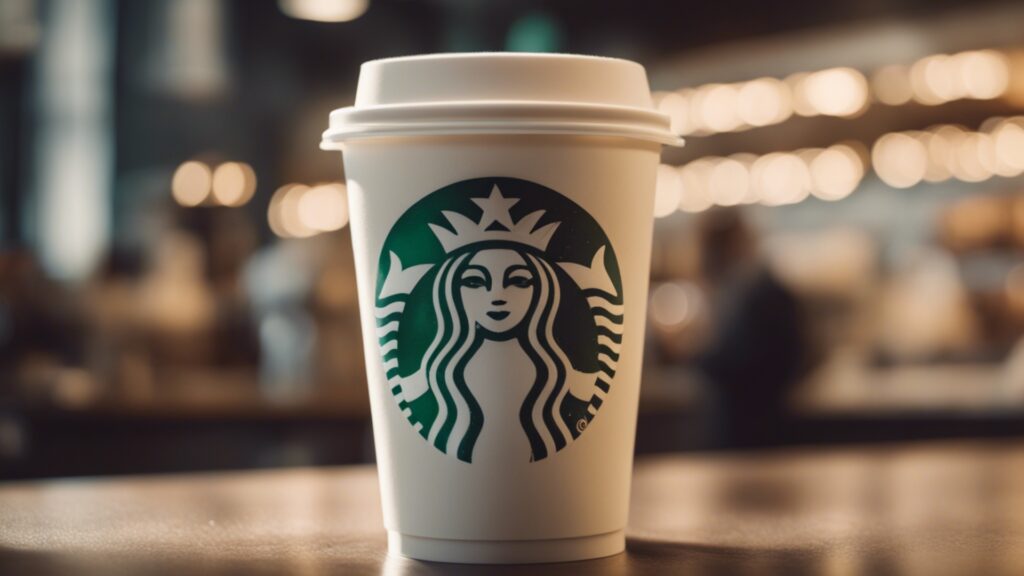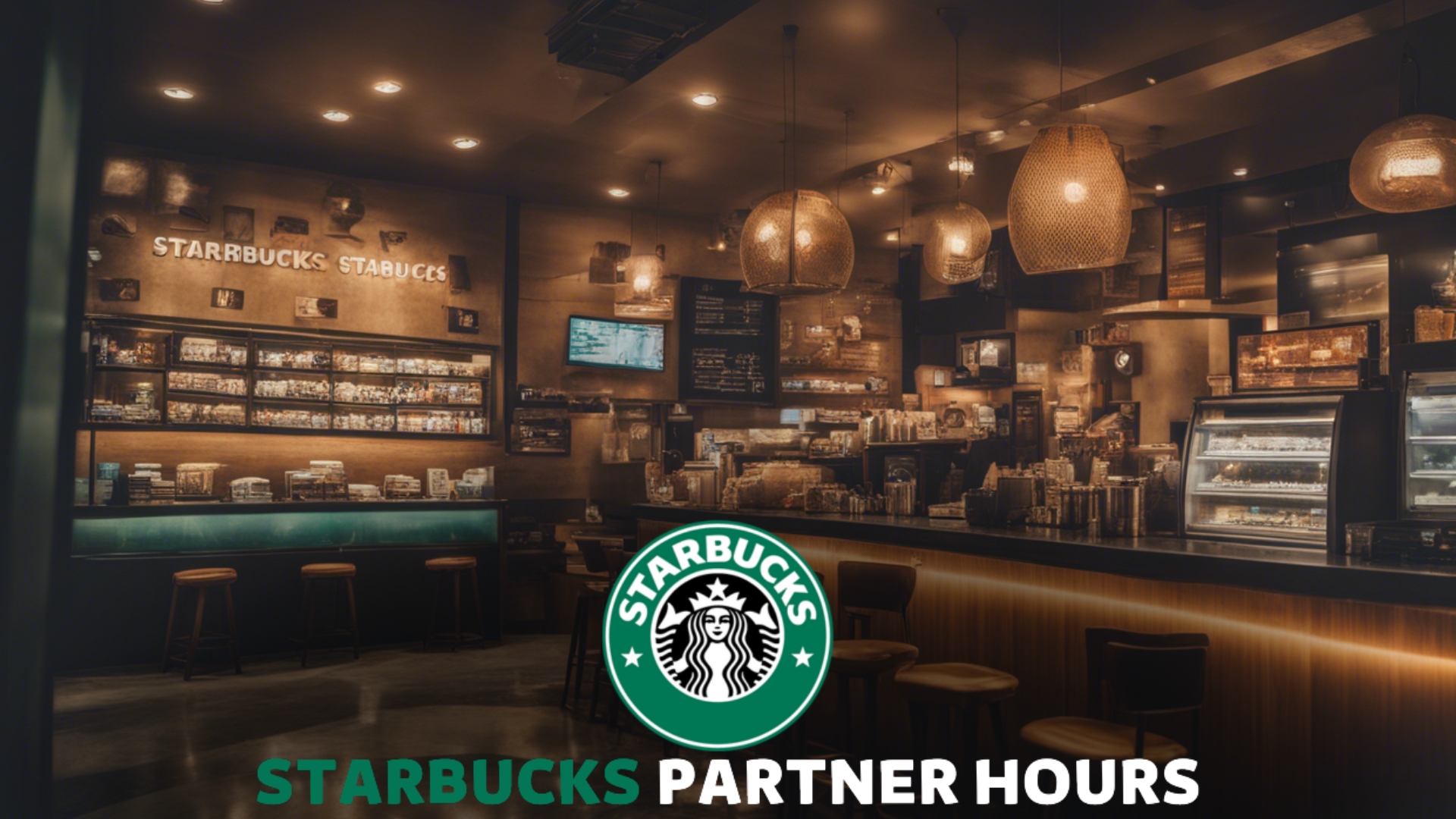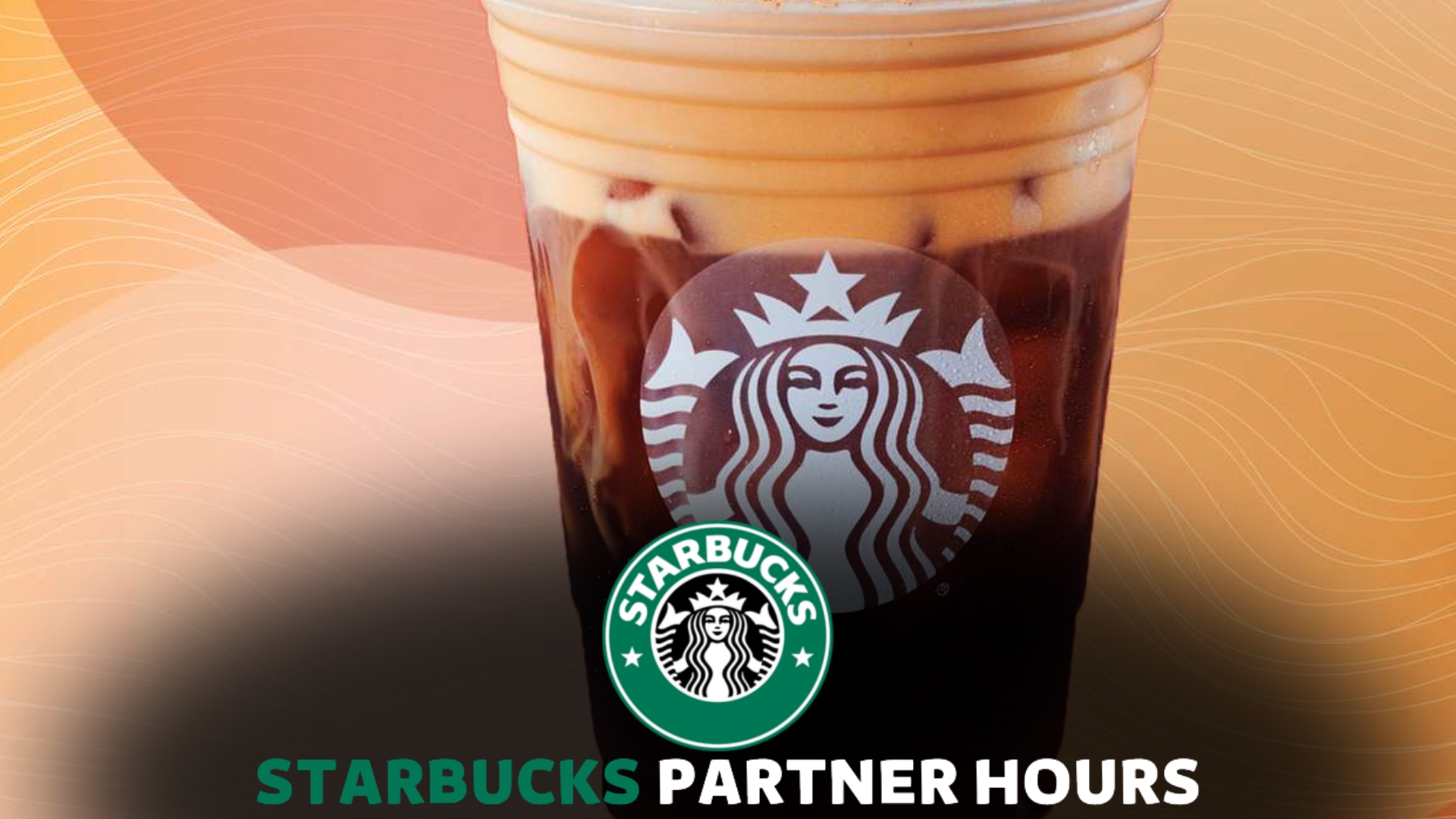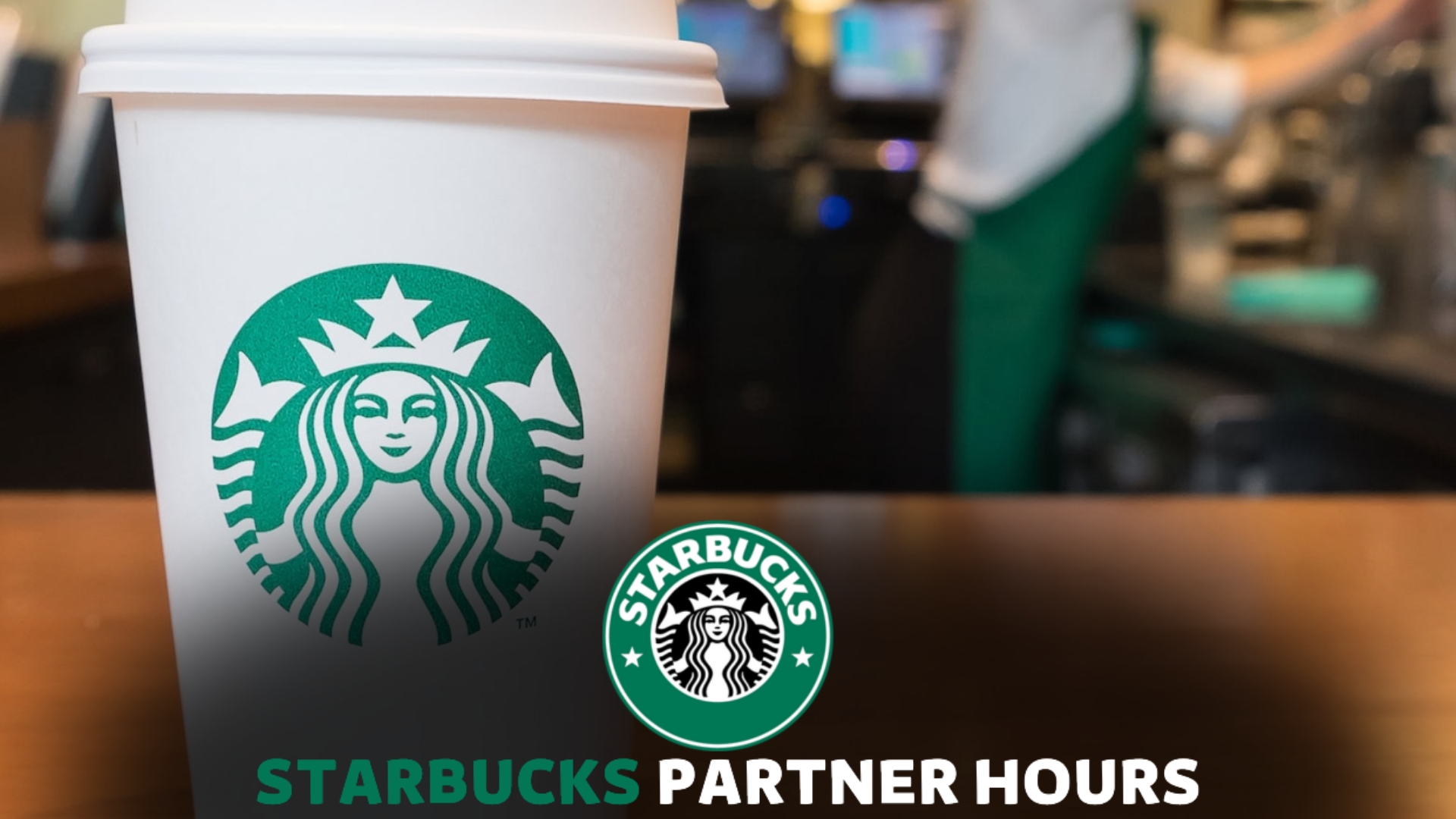Summary
Starbucks stock’s pros include robust global brand recognition and a consistent history of dividend growth. Its cons involve potential market saturation and sensitivity to economic downturns.
Starbucks Corporation, with its ubiquitous green mermaid logo, is a global leader in coffee retail. The company’s stock, traded under the symbol SBUX on the NASDAQ, draws investor attention for its expansive international presence and proven business model.
Starbucks has demonstrated resilience over the years, adapting to changing consumer tastes with innovation in its menu and digital offerings.
This agility has often translated into robust financial performance and shareholder returns. As with any investment, however, Starbucks stock carries risks, such as its exposure to fluctuations in the global economy and the ever-present threat of competition.
Strategic investors weigh these factors carefully before adding SBUX to their portfolios. As they assess the company’s potential for growth against these risks, the debate on the long-term value of Starbucks stock continues in the investment community.
Starbucks’ Position in Global Markets

Starbucks’ Position in Global Markets shows the company’s reach and influence. The world-renowned coffee leader operates in diverse markets, each bringing different opportunities and challenges for Starbucks stock.
Brand Recognition and Expansion
Starbucks’ brand is its most valuable asset. This coffee giant’s green mermaid logo signifies quality and comfort. Clients across the globe recognize and trust this emblem, which leads to strong sales and loyalty.
As Starbucks opens new stores worldwide, brand exposure grows. Consequently, stock potential rises with each new market entered.
- Consistent Brand Experience: Consumers expect the same Starbucks experience in New York or New Delhi.
- Global Footprint: Over 32,000 stores worldwide manifest Starbucks’ aggressive growth strategy.
- Innovative Product Introductions: A continuous rollout of new beverages and food items keeps the brand fresh and relevant.
Market Saturation Concerns
Despite growth successes, Starbucks faces market saturation risks. With so many outlets, the company can cannibalize its sales. Areas with high store concentration may experience diminished returns. Investors ponder if new store openings might negatively impact overall profits.
| Market Saturation Indicator | Possible Impact on Stock |
|---|---|
| Store Concentration | Higher competition among nearby Starbucks stores |
| Comparable Store Sales Growth | Slower growth due to mature markets |
| New Market Entry Challenges | Increased investment risks in culturally diverse markets |
Investors must weigh the pace of expansion against the risk of saturating the market. Future store performance is a critical metric to monitor. Moreover, potential pressure on stock vitality due to market saturation remains a concern.
Financial Performance Analysis
Investing in Starbucks stock is a wise choice, but it requires a deeper dive into the company’s financial health. Financial Performance Analysis offers insight into Starbucks’s growth and stability over time.
Investors scrutinize revenue, profit trends, and stock performance history before committing their hard-earned money. Here, we provide a clear analysis to help evaluate Starbucks’s viability as an investment opportunity.
Revenue and Profit Trends
Starbucks’ financial journey tells a story of consistent growth. The company has expanded globally, reaching coffee lovers everywhere, and this expansion is reflected in its increasing revenue streams.
| Year | Revenue | Profit |
|---|---|---|
| 2018 | $24.72B | $4.52B |
| 2019 | $26.51B | $3.60B |
| 2020 | $23.52B | $928.3M |
| 2021 | $29.06B | $4.20B |
Despite some fluctuations, Starbucks’ resolve to bounce back is evident. They have shown their ability to adapt, innovate, and drive profits upward, even in challenging times.
Stock Performance History
- Long-term Value: Starbucks shares have shown promising long-term growth.
- Dividend Yield: Investors appreciate the reliable dividends Starbucks pays out.
- Market Adaptability: The company’s stock responds well to market changes, signaling agility.
Starbucks’ stock demonstrates a history of resilience. It has performed well, rewarding investors who are patient and focused on long-term gains. Below is a snapshot of the stock performance over the years:
| Year | Stock Price at Year End | Percentage Change |
|---|---|---|
| 2018 | $64.40 | +3% |
| 2019 | $88.30 | +37% |
| 2020 | $103.00 | +16% |
| 2021 | $116.87 | +13% |
These numbers indicate Starbucks’ ability to navigate through different economic cycles with a steady hand.
Investor Rewards
Investor Rewards is a standout factor when evaluating Starbucks stock. As an investor, dividends and share buybacks can significantly influence your returns. Both serve as pheromones for company health and shareholder value. Let’s delve into these aspects.
Dividend Payments Track Record
Starbucks has a solid history of rewarding investors with dividends. The company started paying dividends in 2010, and since then, it has consistently increased the payouts.
Here’s how Starbucks has performed in terms of dividends:
- Regular Increases: The dividend has grown year after year.
- Yield Advantage: Starbucks often boasts a higher yield than many peers.
This demonstrates Starbucks’ commitment to returning value to shareholders. The trend suggests a robust financial position and a focus on sustainable growth.
Share Buybacks Impact
Share buybacks signal a company’s belief in its stock. Starbucks has actively repurchased its shares, reducing the outstanding share count.
This impacts investors in several ways:
| Impact | Explanation |
|---|---|
| Earnings Per Share (EPS) Boost | With fewer shares, EPS usually increases, making the stock more attractive. |
| Price Support | Buybacks can help support the stock price during market dips. |
By investing in itself, Starbucks reflects confidence in its future. However, it is crucial to consider these buybacks in balance with other financial obligations.
In sum, these investor rewards bolster the case for Starbucks as a potentially beneficial addition to any portfolio.
Competitive Landscape and Challenges
Investing in Starbucks stock means seeing it within the wide frame of the competitive coffee landscape. This entails recognizing threats and embracing trends. To best understand Starbucks’s challenges, exploring both competitor threats and adaptability to trends is vital.
Threat From Competitors
The coffee market is bustling with rivals. Starbucks battles other big chains and small indie cafes alike. Each competitor tries to outdo the others regarding quality, price, and innovation.
- Fast-food giants offer cheaper coffee.
- Niche stores cater to local tastes.
- International markets see homegrown brands rise.
These factors make the competition fierce. Starbucks needs a solid strategy to maintain its lead.
Adaptability to Consumer Trends
Changing consumer preferences shape the coffee industry. Health-conscious choices, sustainability, and digital ordering are trending. Starbucks must adapt to stay relevant.
| Trend | Starbucks Response |
|---|---|
| Health-consciousness | Expanded healthy menu options |
| Eco-friendly practices | Implemented recycling programs |
| Technology use | Launched mobile ordering |
Staying ahead in these areas can mean continued success. Ignoring them could lead to a significant setback.
Innovation and Sustainability Efforts
Starbucks stands out for its focus on innovation and sustainability. The company’s efforts in these areas might impact its stock value. Let’s dive into the pros and cons of these initiatives.
Product Diversification
Starbucks continues to innovate with new products. This keeps the menu fresh and exciting. Here are some key points:
- New flavors and drinks often draw in customers.
- They offer seasonal specials that customers love.
- Food offerings have expanded, pairing well with drinks.
This diversification can lead to higher sales. Yet, it may also mean more costs in development and marketing.
Environmental and Social Initiatives
Starbucks takes the environment seriously. The company has made commitments to reduce its carbon footprint. Here are some of the steps taken:
- Starbucks is aiming to create greener stores by using sustainable materials.
- The company promotes recycling and reducing waste.
- Responsible sourcing of coffee ensures farmer support.
These actions can boost brand image and attract eco-conscious customers. However, they can also increase costs in the short term.
Analyzing the Risk Factors
Investing in Starbucks stock carries its own set of risks. Breaking down these risk factors helps investors make informed decisions. It’s crucial to weigh the pros and cons carefully.
Economic Downturns and Market Volatility
Starbucks, like any other global entity, faces economic challenges. These risks stem from market swings that can impact stocks:
- Consumer spending shifts: Economic slumps may lead to reduced discretionary income. This can hurt Starbuck’s sales.
- Global market influence: Starbucks operates worldwide. Diverse economic cycles can affect its performance.
- Stock sensitivity: The stock market’s fluctuating nature may bring unexpected turns to Starbucks’ stock valuation.
Regulatory and Legal Hurdles
Starbucks must navigate complex regulations, which vary by location. Legal challenges pose risks:
| Legal Factor | Possible Impact |
| Health and safety | Stricter rules may increase costs. |
| Labor laws | Changes can affect staffing and operations. |
| Trade policies | New tariffs could increase expenses. |
Lawsuits or fines could also harm the company’s reputation and financial standing, which is vital information for any potential investor.
Frequently Asked Questions
Is Starbucks Stock a Good Long-term Investment?
Starbucks stock has shown consistent growth, making it a potentially solid long-term investment; however, market fluctuations and industry changes can affect its stability.
What Are the Risks of Buying Starbucks Stock?
Investing in Starbucks stock carries risks like market volatility, competitive industry landscape, and sensitivity to global economic conditions.
How Does Starbucks’ Performance Compare to Competitors?
Starbucks consistently outperforms many competitors with its strong brand presence, global reach, and innovative business practices, but competition remains fierce in the coffee industry.
What Dividends Does Starbucks Stock Offer?
Starbucks has a history of paying dividends and providing an additional income stream for investors, but dividend rates may vary depending on company performance and market trends.
Can Starbucks Continue its Growth in Emerging Markets?
Starbucks continues to expand in emerging markets, leveraging local partnerships and adapting to consumer tastes, which could sustain its growth trajectory.
Conclusion
Like any financial decision, investing in Starbucks stock requires weighing both upsides and risks. This coffee titan has proven resilient, with rewards for long-term holders and cautionary tales for the speculative investor. Your personal investment strategy should determine whether Starbucks deserves a spot in your portfolio.
Keep abreast of market trends and company performance to brew a wise investment choice.








